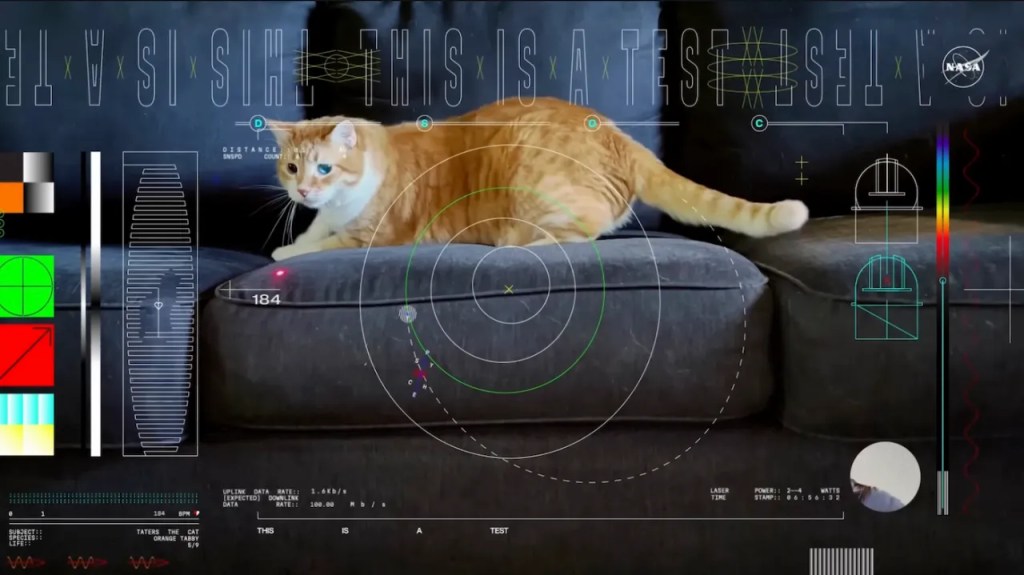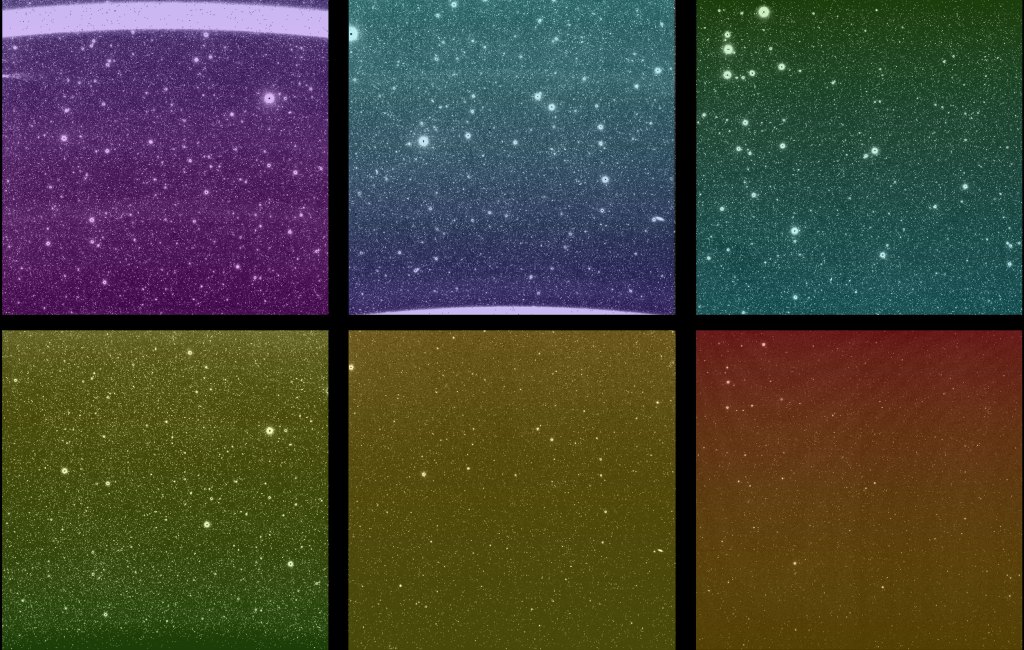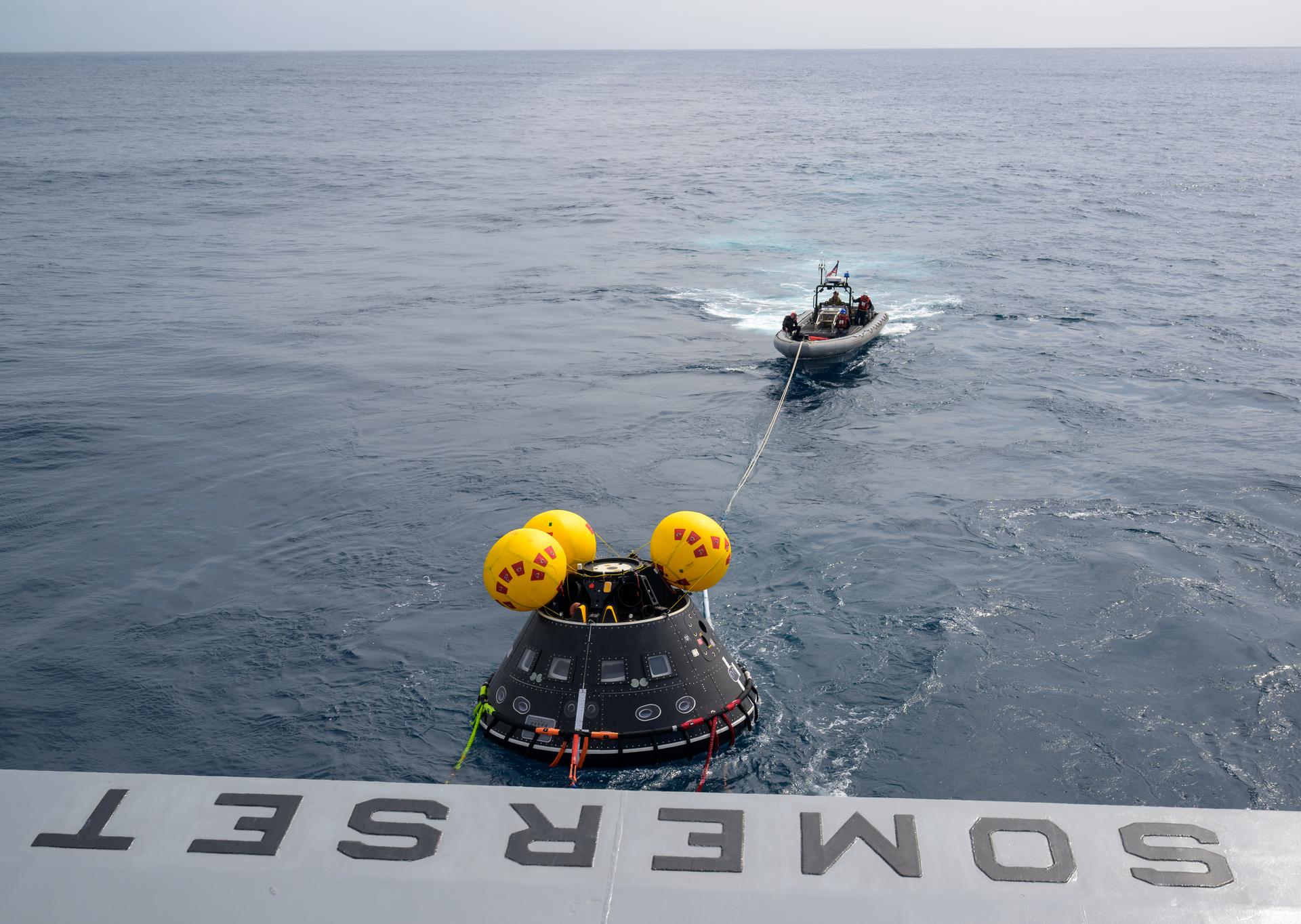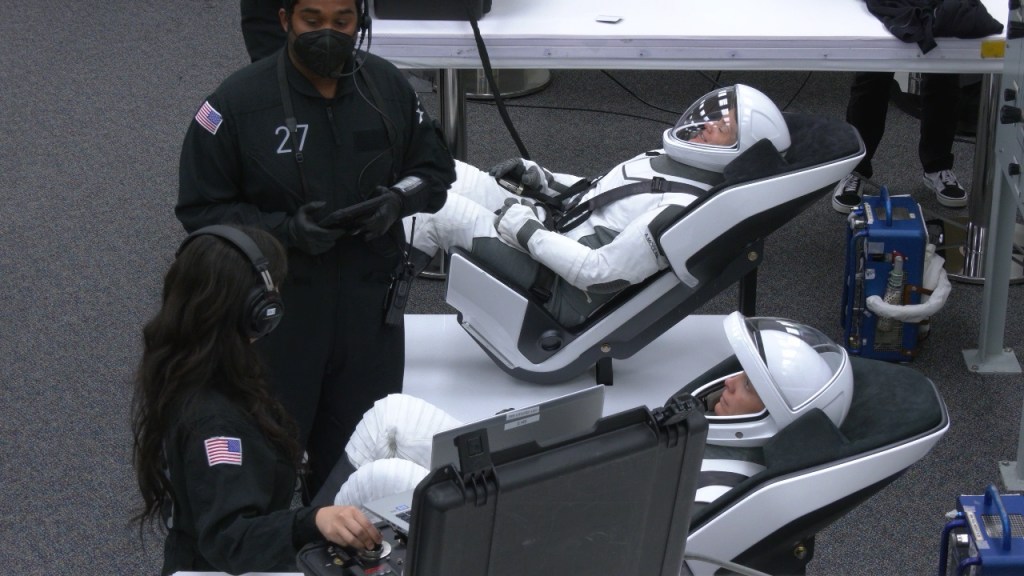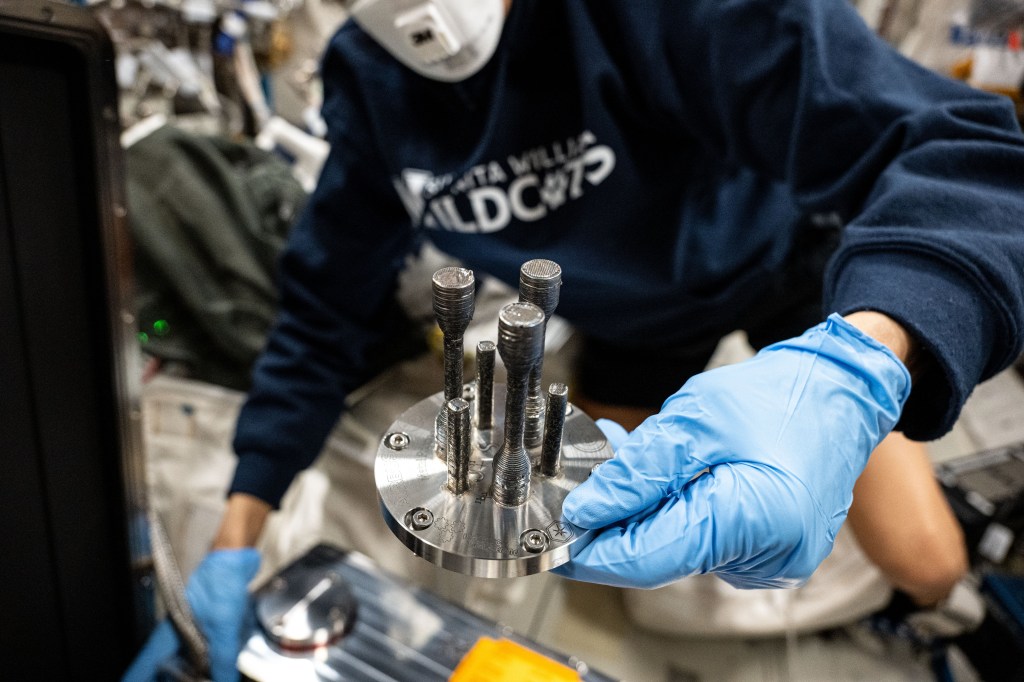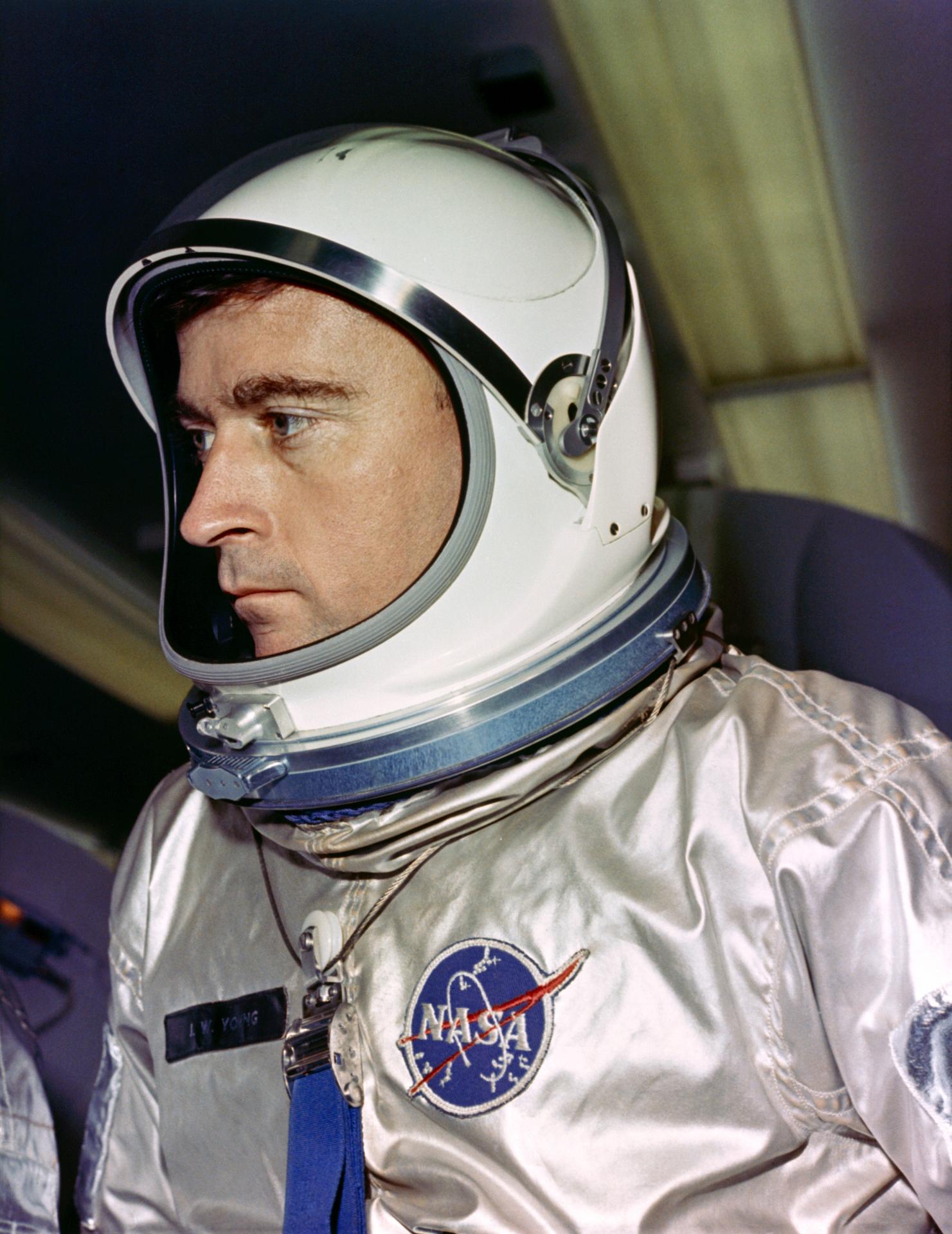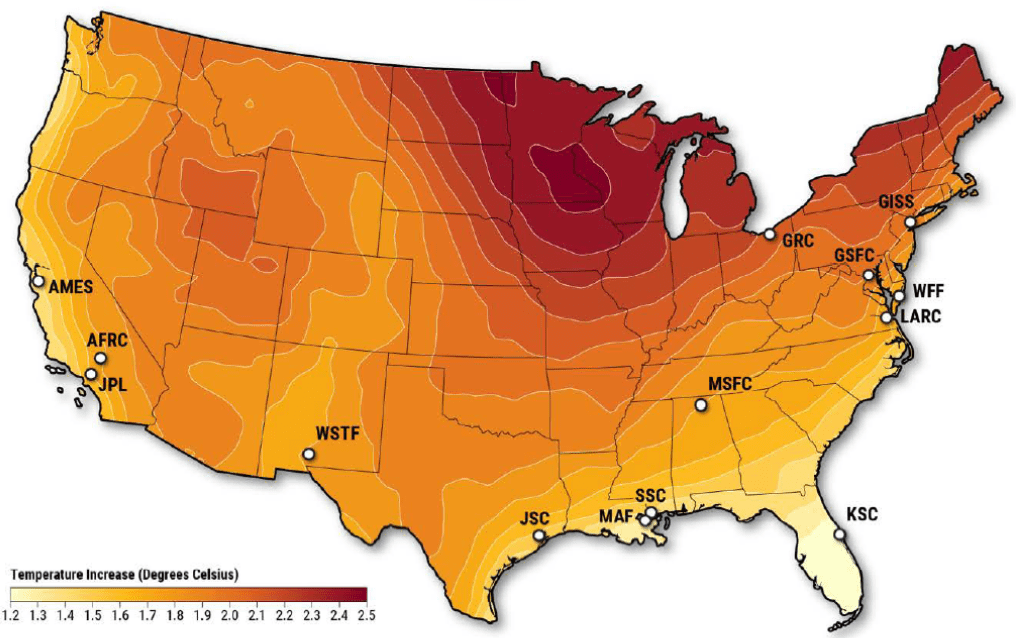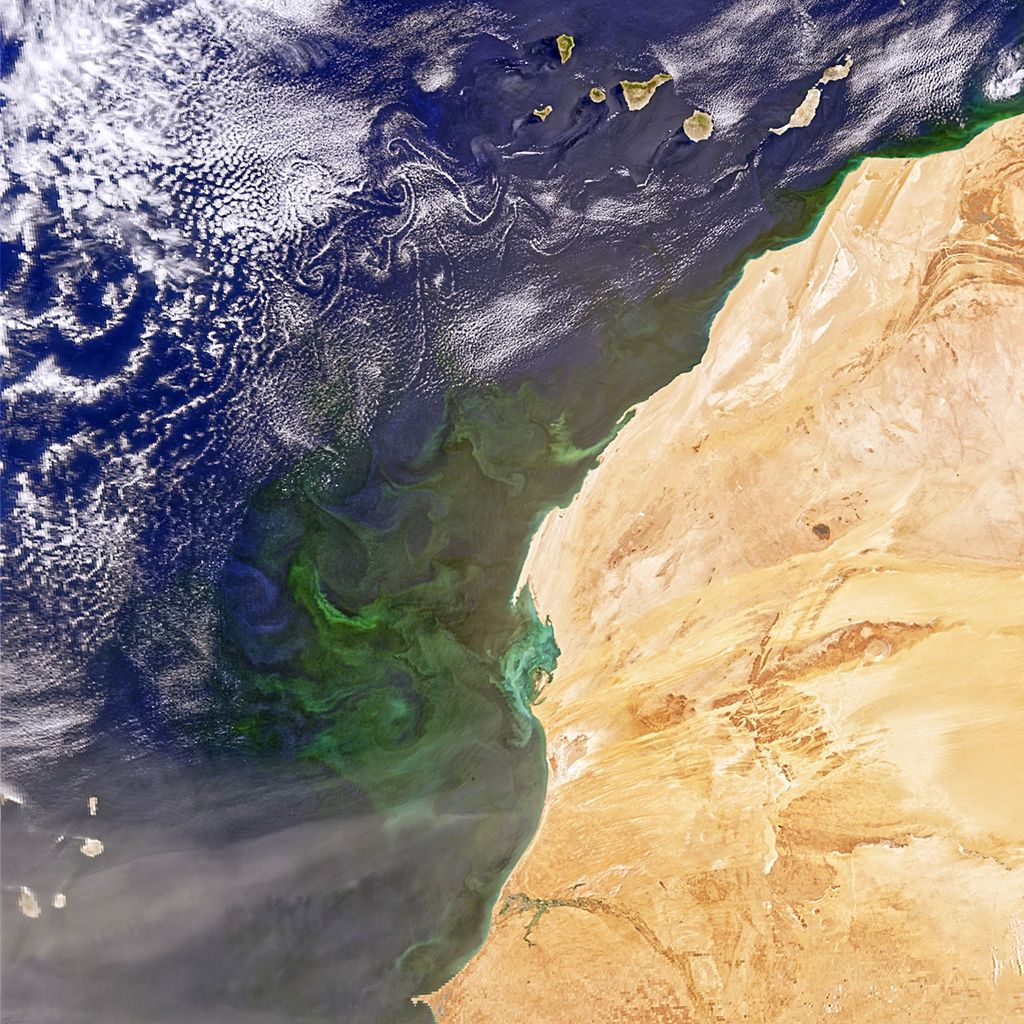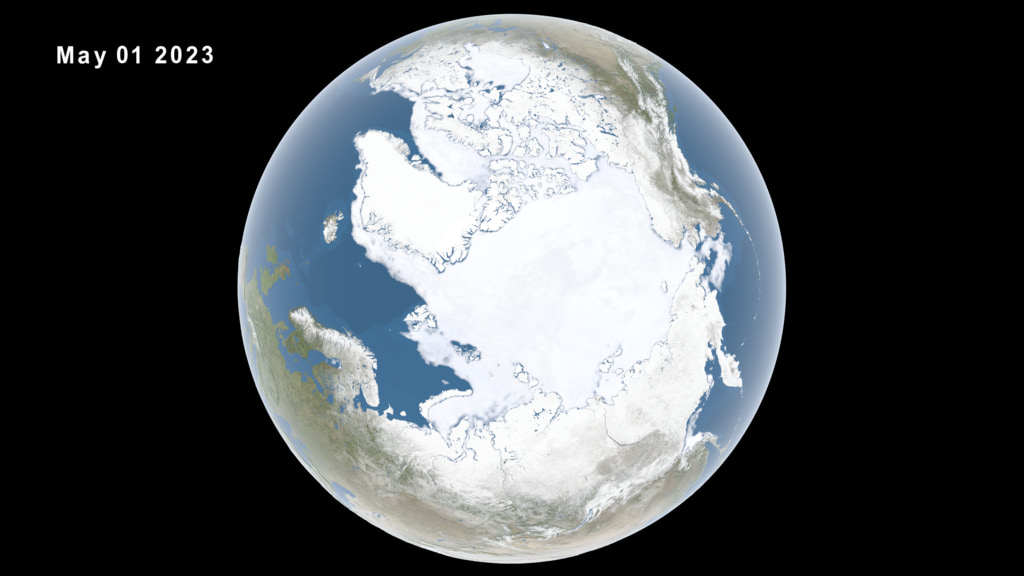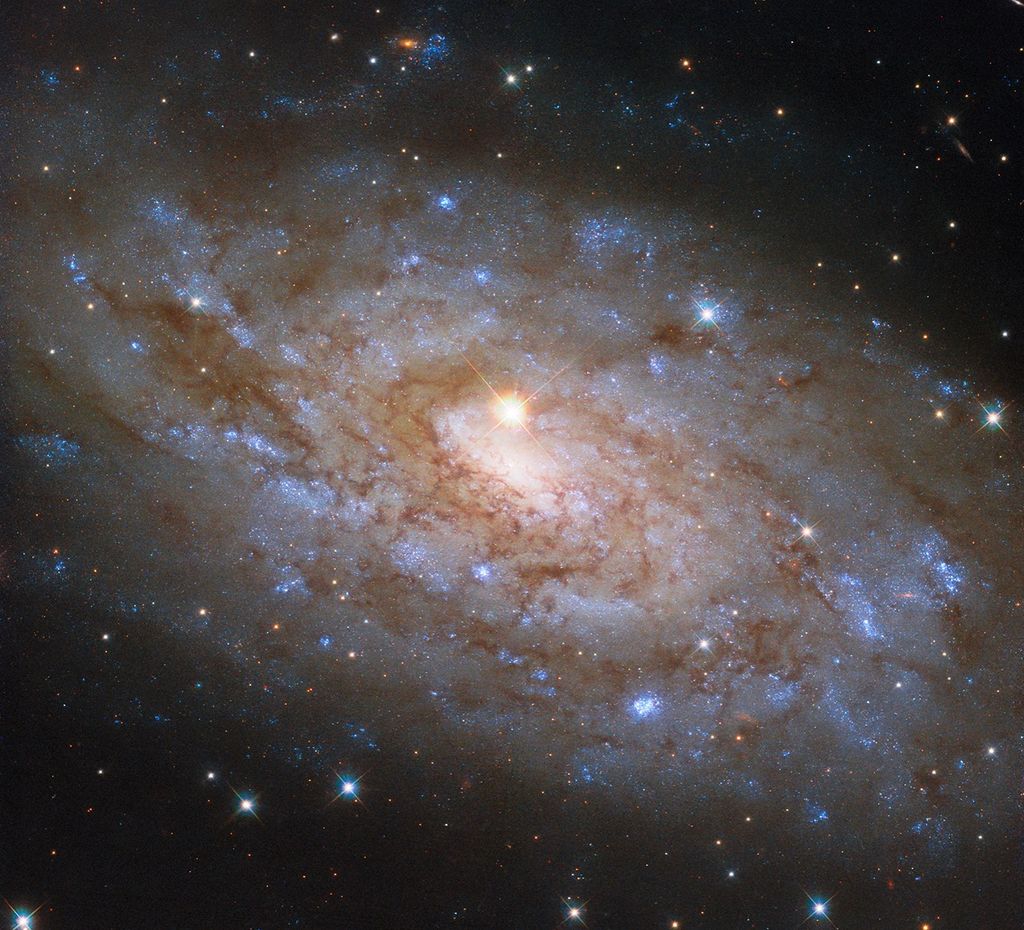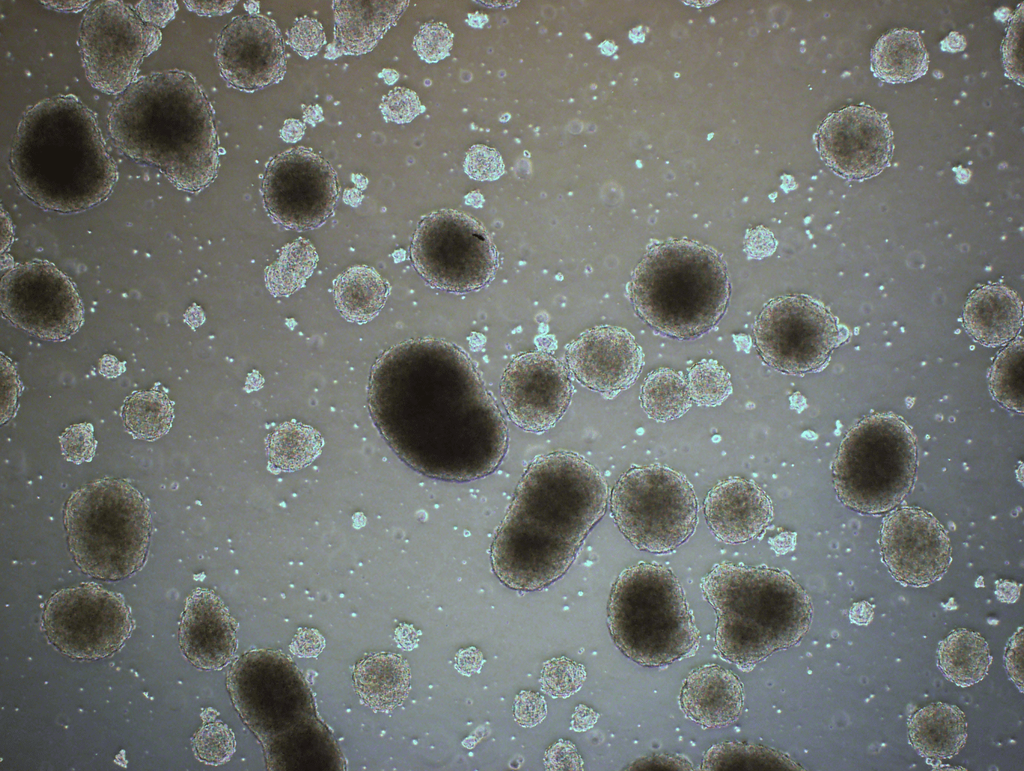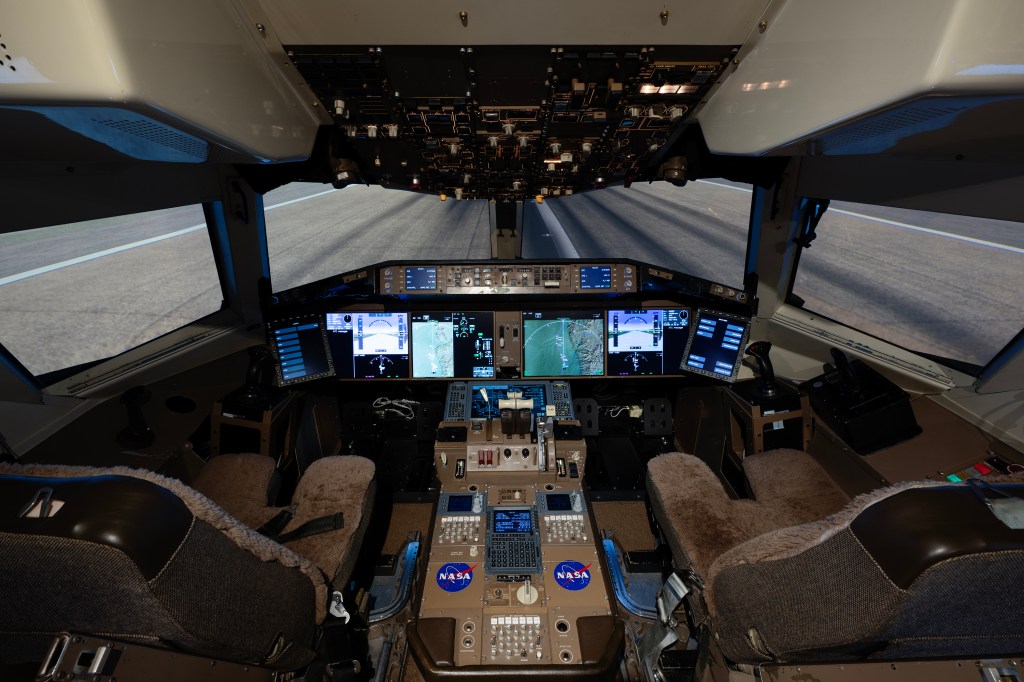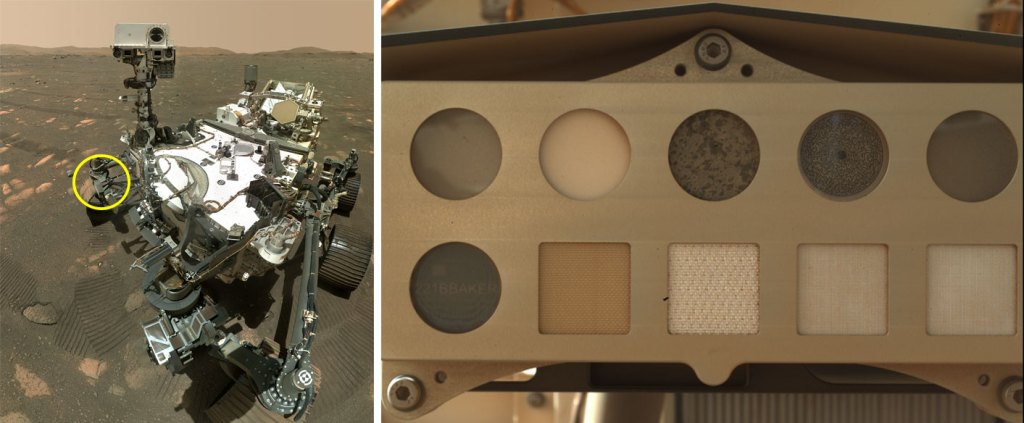By Jeff Cuzzi and Paul Estrada
Our planetary scientists at NASA Ames Research Center, Jeff Cuzzi, and Paul Estrada provided some interesting material on this last January 2018, arising from new Cassini results first presented publicly at the Fall AGU meeting 2017- The largest Earth and space science meeting in the world hosted in New Orleans, Louisiana, from Dec 11th to 15th.
The story continued to resonate with this new article just out in National Geographic: containing a well-balanced discussion by several ring scientists and commentary by Jeff Cuzzi.

Photo caption: In August 2009, NASA’s Cassini spacecraft became the first robotic emissary from Earth to witness an equinox at Saturn, when the sun was shining directly on the giant planet’s equator. PHOTOGRAPH BY NASA, JPL, CASSINI
The article is a combination of two new Cassini results:
– the mass of the rings and the incoming meteoroid mass flux
– and strongly suggest that before the dinosaurs arose on Earth some 200MYr ago, Saturn may not have hosted its spectacular icy ring system.
If the rings were as old as the solar system, they would have become more polluted and darker than we see them today. Cuzzi and Paul Estrada (SETI) first modeled the idea 20 years ago and are coauthors on a paper the Cassini Cosmic Dust Analyzer team is preparing to submit to Science.
“It is interesting to realize how dynamic our solar system is,” says NASA’s Jeff Cuzzi. “Most scientists have always assumed that what we see out there in the cosmic realm is kind of permanent, and it’s always been that way.”

